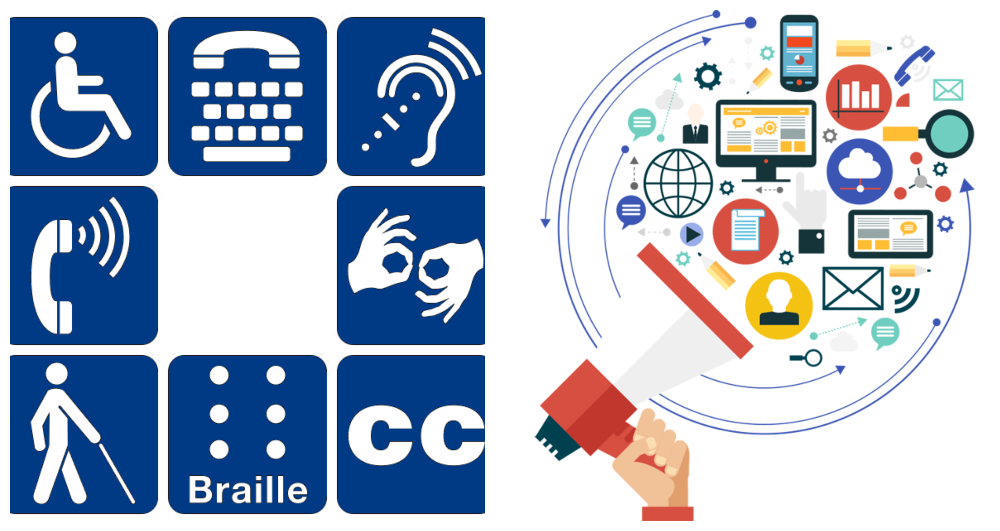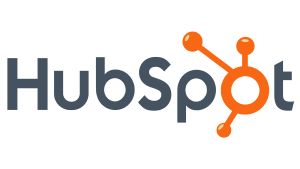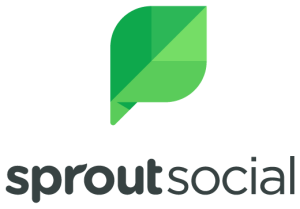Strategies for Implementing Accessible Marketing and Reaching a Diverse Audience

According to the World Health Organization, one in four people live with a disability in the United States. That means, if your marketing content excludes people living with a disability, you could be losing out on the potential of converting 61 million people into customers. Moreover, accessibility is not only relevant for people with permanent disabilities, but also for people with temporary or situational impairments, such as low vision, hearing loss, cognitive difficulties, or limited internet access.
In this article, we will explore what accessible marketing is, why it is important for brands and customers, and what strategies you can use to make your marketing more inclusive and accessible. We will also compare accessible marketing with actionable marketing, and show how they can work together to create a better user experience. Finally, we will provide some examples of brands that are doing accessible marketing right, and some tips and tools to help you get started.
Is your website ADA-compliant? Test it for free 👉
What Is Accessible Marketing?
Accessible marketing is creating and delivering content and campaigns that can be accessed and enjoyed by as many people as possible, regardless of their abilities or disabilities. It is based on the principle of inclusive design, which is a method of designing products and services that meet the needs of a diverse range of users. Accessibility in marketing is not only about complying with legal standards but also about providing a better user experience for everyone. This includes considering the needs of various disabilities, including impairments in mobility, vision, hearing, speech, and cognition. It also considers temporary or situational impairments, such as low vision, hearing loss, cognitive difficulties, or limited internet access. Accessible marketing is not only beneficial for users with disabilities, but also for users without disabilities, as it can improve the clarity, usability, and effectiveness of your content and campaigns.
Why is Accessible Marketing Important?
Accessible marketing is important for several reasons, both for your brand and your customers. Some of the benefits of accessible marketing are:
- It helps reach a wider and more diverse audience, by catering to the needs and preferences of people with different abilities and disabilities, as well as temporary or situational impairments.
- It improves customer loyalty and satisfaction, by showing customers that their experience is cared about and that their inclusion and participation are valued.
- It enhances brand reputation and social responsibility, by demonstrating a commitment to diversity, equity, and inclusion, and aligning values with those of customers and stakeholders.
- It boosts SEO and web performance, by optimizing content and campaigns for accessibility standards and best practices, such as using alt text, captions, transcripts, headings, contrast, etc.
- It reduces legal risks and compliance issues, by avoiding potential lawsuits or fines for violating accessibility laws or regulations, such as the Americans with Disabilities Act (ADA), the Web Content Accessibility Guidelines (WCAG), etc.
Does your website comply with WCAG? Test it for free 👉
Strategies for Accessible Marketing
Accessible marketing requires a strategic approach that involves planning, designing, testing, and evaluating your content and campaigns for accessibility and inclusion. Some of the strategies for accessible marketing are:
- Involve people with disabilities and diverse perspectives in your marketing process and decision-making, from ideation to launch. This can help you avoid common pitfalls and stereotypes, and ensure that your content and campaigns reflect the authentic experiences and needs of your audience.
- Follow accessibility standards and best practices, such as the Web Content Accessibility Guidelines (WCAG), which provide a set of guidelines and criteria for making web content accessible to people with disabilities. Some of the key principles of WCAG are: perceivable, operable, understandable, and robust.
- Use accessible tools and platforms, such as Google Ads, YouTube, or Google Marketing Platform, which offer features and options to help you create and deliver accessible content and campaigns. For example, you can use alt text, captions, transcripts, audio descriptions, contrast ratios, etc.
- Add narration and subtitles to your advertisements. This can help make your video or audio ads more accessible and inclusive for people who are deaf or hard of hearing, or who have low vision or blindness. For example, using voice-over narration to describe the visual elements of the ad, and adding captions or subtitles to convey the spoken dialogue of the ad.
- Test your content and campaigns for accessibility and usability, using both automated tools and human feedback. You can use tools such as Lighthouse, ChromeVox, or Google Accessibility Scanner to check your web pages, videos, or apps for accessibility issues. You can also ask people with disabilities or diverse abilities to test your content and campaigns and provide feedback on their experience.
- Evaluate your performance and impact, using metrics and data to measure how your content and campaigns are reaching and engaging your audience. You can use tools such as Google Analytics, Google Data Studio, or Google Optimize to track and analyze your accessibility performance and outcomes. You can also use surveys or interviews to collect qualitative feedback from your audience.
- Design your website to accommodate impairments. This means ensuring that the website is easy to navigate, use and understand by people with different impairments, such as visual, auditory, cognitive, or motor. For example, using responsive design, clear layout, consistent structure, intuitive menus, keyboard accessibility, etc.
Examples of Brands That Do Accessible Marketing
Some of the brands that have created accessible and inclusive marketing campaigns on their website, email, and social media channels are:
HubSpot

The marketing software company has a dedicated accessibility team that works to ensure that its website, products, and content are accessible to people with disabilities. The company follows web accessibility guidelines and best practices, such as using clear headings, alt text, captions, transcripts, color contrast, keyboard navigation, etc. The company also provides accessibility resources and tips for marketers on its blog.
Sprout Social

The social media management platform has a social media accessibility guide for marketers that covers various topics and tips on how to make social media posts more accessible and inclusive. The guide includes advice on how to add alt text to images, make text accessible, use emojis mindfully, add captions and subtitles to videos, etc.

The technology giant has a dedicated accessibility team that works to make its products and services more accessible for people with disabilities. The company also provides accessibility resources and tools for developers, educators, and marketers, such as web accessibility guidelines, accessibility scanners, accessibility courses, etc. The company also showcases stories of people with disabilities who use its products and services to achieve their goals.
Coca-Cola

The beverage brand has launched several inclusive marketing campaigns that celebrate diversity and inclusion. For example, the company created a series of ads that featured people with different abilities, backgrounds, and identities, such as a deaf couple, a Muslim woman, a transgender person, etc. The company also partnered with the International Paralympic Committee to support athletes with disabilities
Conclusion
Accessible marketing is not just a moral obligation but a strategic imperative for brands in today’s inclusive and diverse society. By recognizing and addressing the needs of people with disabilities and diverse abilities, brands can tap into a vast market of potential customers and foster stronger relationships with their existing audience. The benefits of accessible marketing extend beyond expanding reach and improving customer satisfaction. They encompass enhanced brand reputation, improved web performance, reduced legal risks, and a commitment to social responsibility.
To implement accessible marketing effectively, brands must adopt a comprehensive approach that involves collaboration, adherence to accessibility standards, and utilization of accessible tools and platforms. Involving people with disabilities and diverse perspectives throughout the marketing process ensures authenticity and avoids stereotypes. Following guidelines such as WCAG promotes perceivable, operable, understandable, and robust content and campaigns. Accessible tools and platforms provide features to create inclusive marketing materials, and testing and evaluation ensure usability for all users.
📣 Help spread the word about accessible marketing! Share this enlightening article with your network.
Leave a Reply